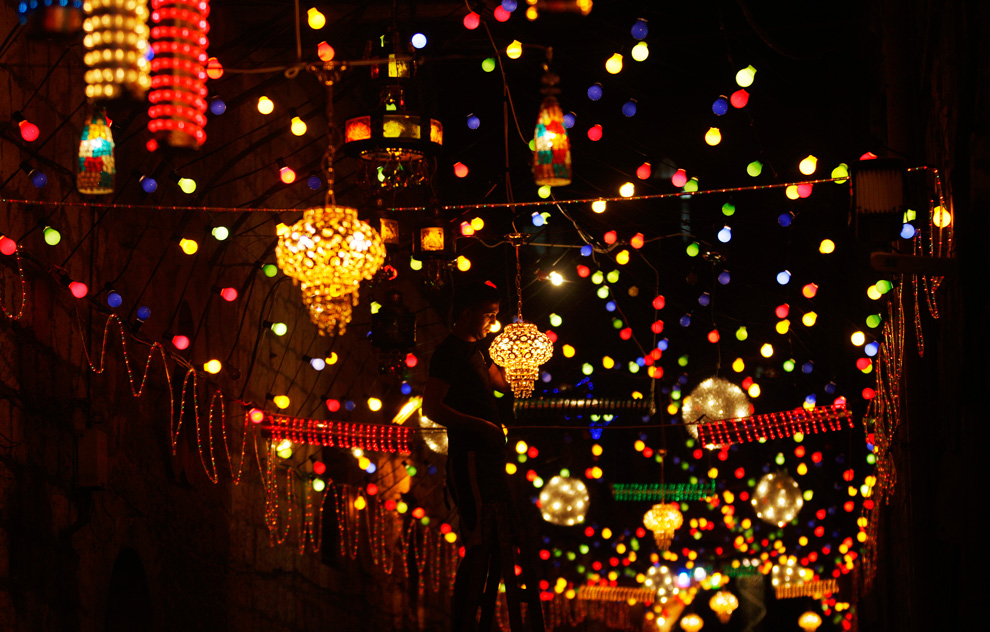Ramadan is one of the most anticipated events of the Islamic year around the world, one that bears symbols of spirituality, forgiveness, generosity and celebration. Although Muslims worldwide are united under the same practices during the Holy month, Egypt and the Arab world have taken up traditional means of celebrating it, with the ‘fanoos’ being one of the most prominent icons depicting its presence. Although the fanoos –Arabic for lantern- is currently used as a decorative item or a toy for children to enjoy during the Holy month, a trip back in time shows that its journey started off rather differently. Despite its common use in modern Arabic, the word fanoos originates from the Greek word φανός -pronounced almost similarly- which means lantern, or a means of illumination, portable be it or fixed. The early tales of the fanoos’s origin may differ, but they all point to Cairo as the birthplace of the fanoos as we know it today. The story starts a little over a thousand years ago on the 5th of Ramadan of the Hijri (lunar) year 358 (969 A.D.), when Cairenes were expecting the arrival of al-Mu’izz…
Ramadan Fanoos: The Brief History Of A Thousand-Year-Old Tradition
June 25, 2015



